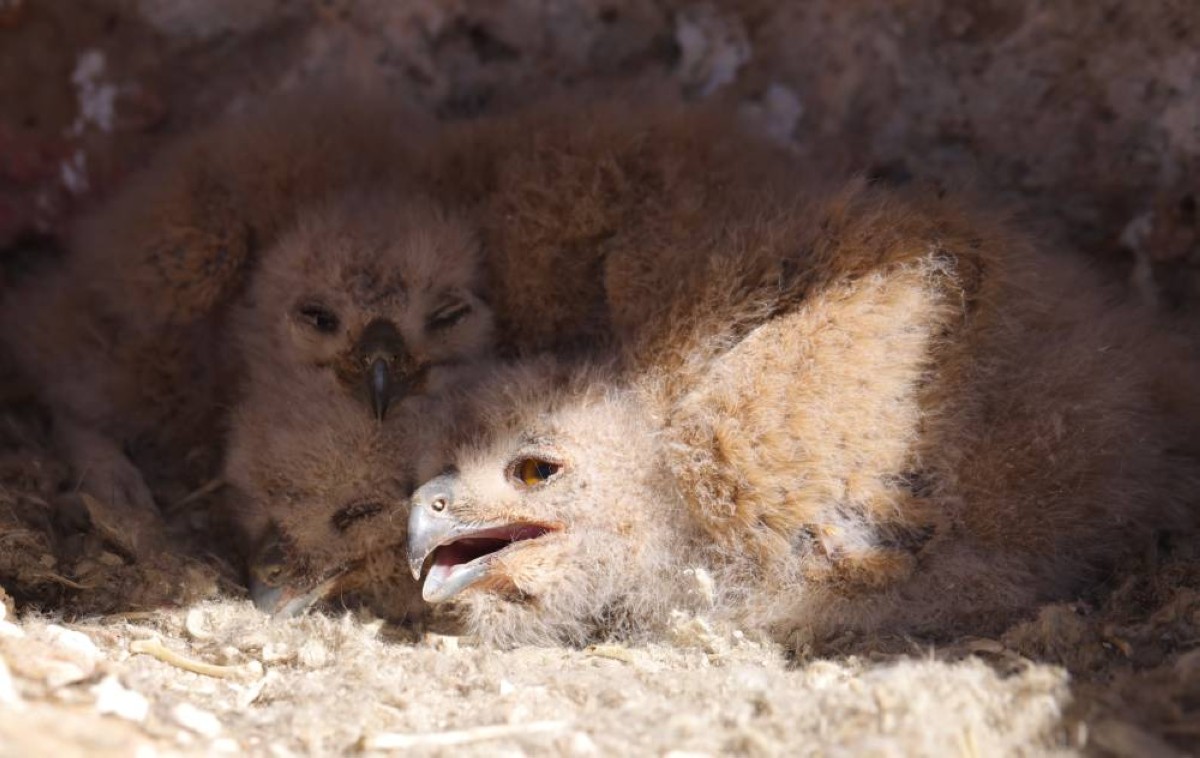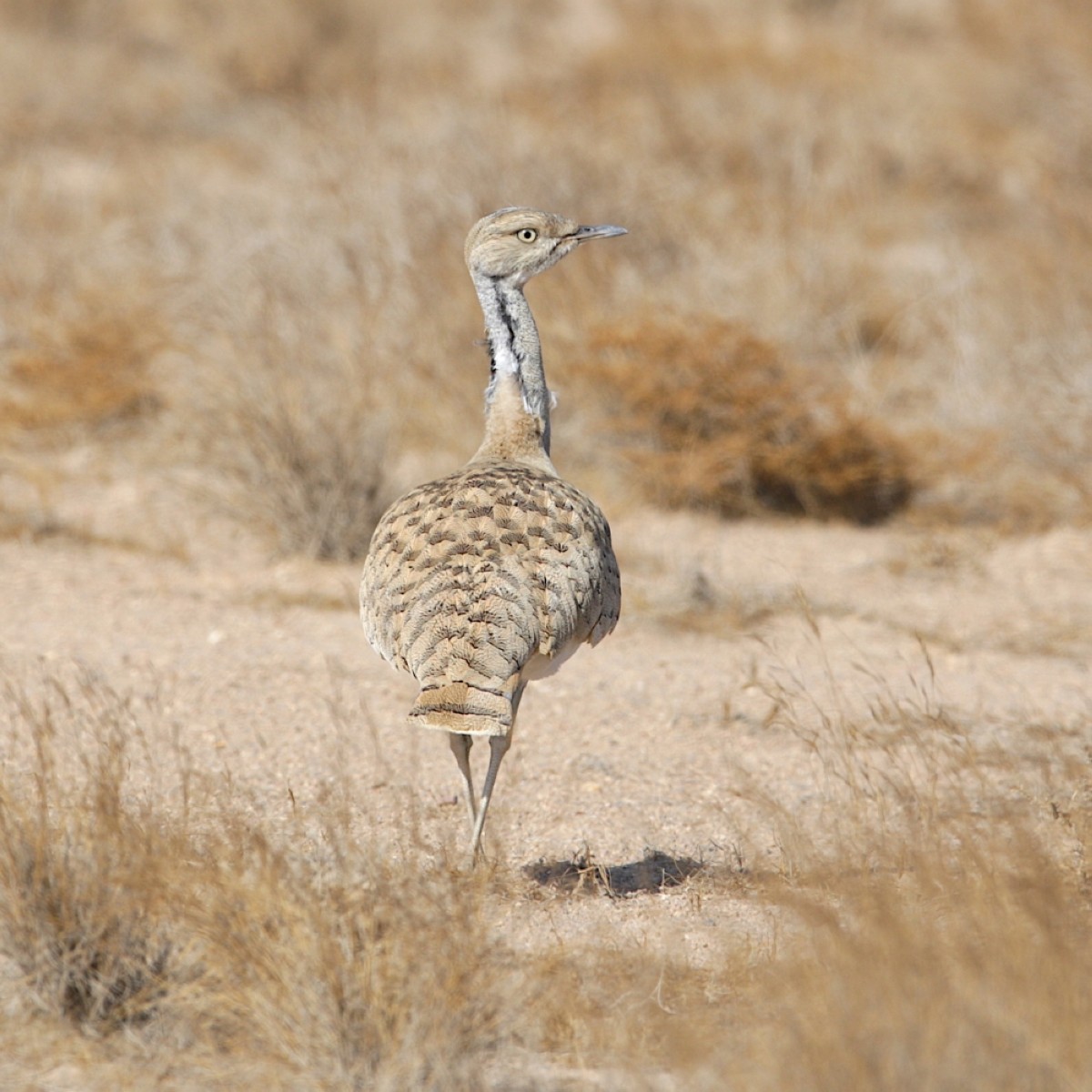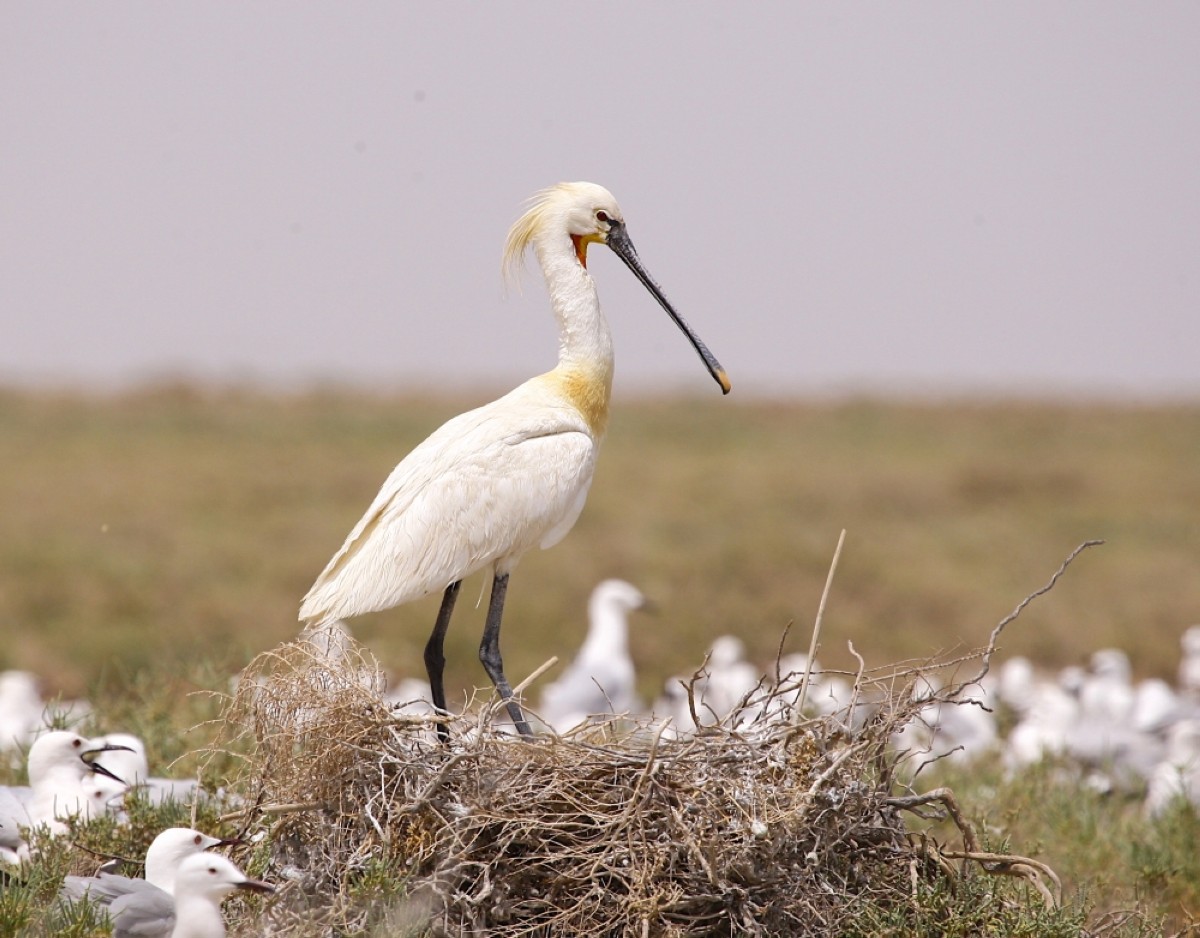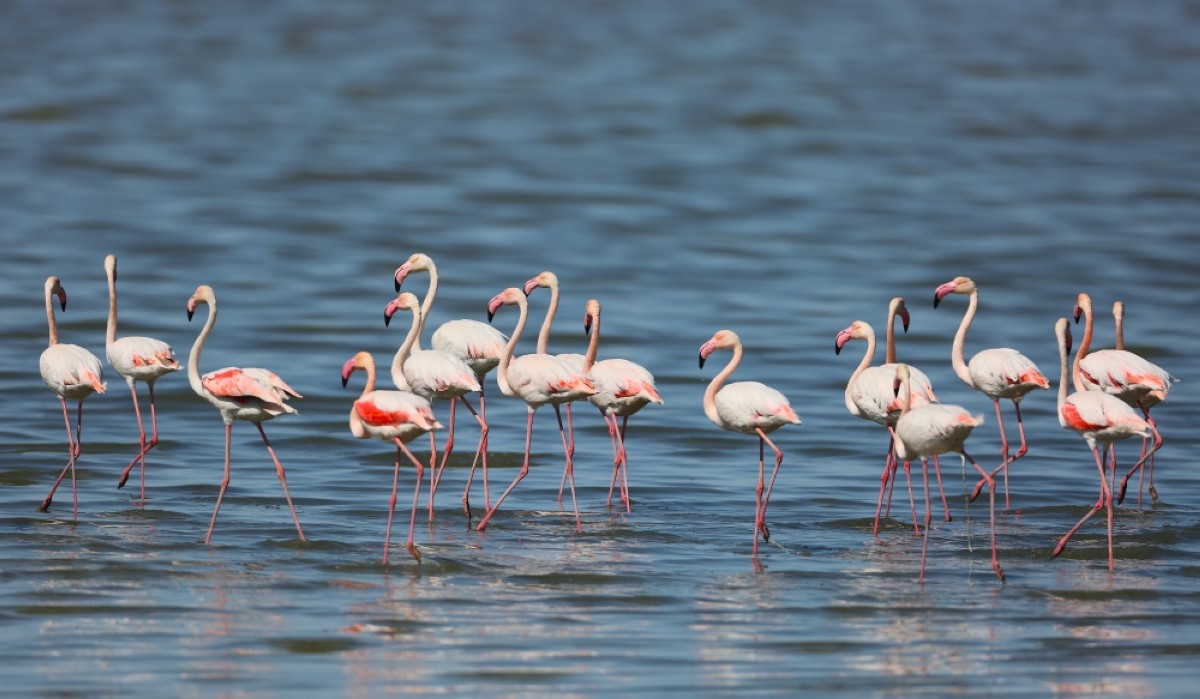For most, the sight of flocks of birds soaring through the sky might go unnoticed, but for those passionate about wildlife, it’s a captivating spectacle worth photographing. "We naturally notice birds like eagles and vultures because of their impressive size and colors,” said Khaled Saleh Al Nasrallah, an environmental researcher with a deep fascination for avian life. His keen observation extends to shorebirds like gulls and flamingos. "They are undeniably captivating, especially when gathered in the thousands on beaches, their vibrant pink colors standing out beautifully,” he added.
Nasrallah’s journey of documenting Kuwait’s birdlife began in the early 1990s, during his work as a director and photographer at Kuwait Television. "I filmed birds for small reports, some of which aired on TV,” he explained. This experience ignited a lifelong passion for observing and recording Kuwait’s avian world.






In 1999, Nasrallah produced ‘Birds in Kuwait’, a film dedicated to showcasing the country’s bird diversity. Over the years, he has continued capturing the lives of birds through his camera, eventually compiling his knowledge into a book. In 2011, he published ‘Birds in the Sabah Al-Ahmad Nature Reserve’, documenting 220 bird species found in the reserve. This work, available online, highlights Kuwait’s rich bird diversity - nearly 400 species across the country.
Nasrallah attributes this biodiversity to several factors, including Kuwait’s location at the northern tip of the Gulf, which serves as a crucial migratory route for birds traveling from Central Europe and Asia. "The establishment of nature reserves has created safe havens for birds during migration,” he noted, citing Al-Jahra Nature Reserve, Sabah Al-Ahmad Natural Reserve, Al-Sulaibikhat Reserve and Mubarak Al-Kabeer Reserve on Boubyan Island.
He also credited environmental laws, public gardens and agricultural developments in Abdaly and Wafra for fostering bird habitats. "These efforts have made Kuwait a hospitable place for a diverse range of bird species,” he said. While no bird species have gone extinct in Kuwait, some have become increasingly rare. Nasrallah pointed out that sightings of the houbara bustard, golden eagle and Eversmann’s redstart are now limited to a few times a year.
"The houbara bustard is particularly significant to me,” Nasrallah shared. The bird, which feeds on insects and small lizards, typically arrives in Kuwait in October, November and December. However, it is now spotted in only small numbers, making it a sought-after subject for bird watchers and photographers. With decades of dedication to observing and documenting birds, Nasrallah continues to inspire others to appreciate Kuwait’s natural beauty.

